What to eat if you have high cholesterol
A diet that helps you keep your numbers in check can still be delicious.
Updated on July 28, 2022
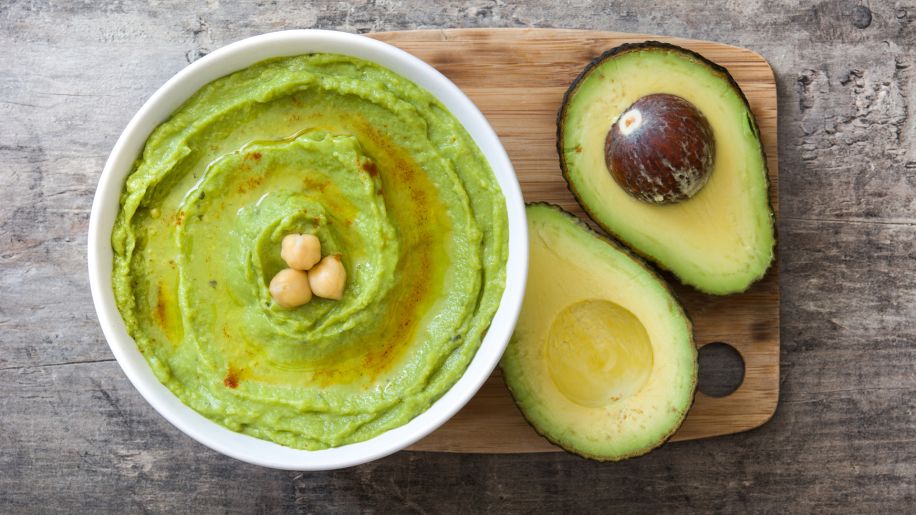
Your diet can be a powerful tool when it comes to managing your cholesterol. Eating a healthy mix of foods can help you lower your levels of low-density lipoprotein (LDL, aka “bad” cholesterol) while raising your levels of high-density lipoprotein (HDL, aka “good” cholesterol). The key lies in a strategy that eliminates high-fat, artery-clogging foods (those high in saturated fats and trans fats like red meat, French fries, cookies, chips, and ice cream) and emphasizes heart-healthy ones like fruits, vegetables, whole grains, lean proteins, and plant-based oils.
Let’s head to the kitchen to find tasty ways to improve your cholesterol.
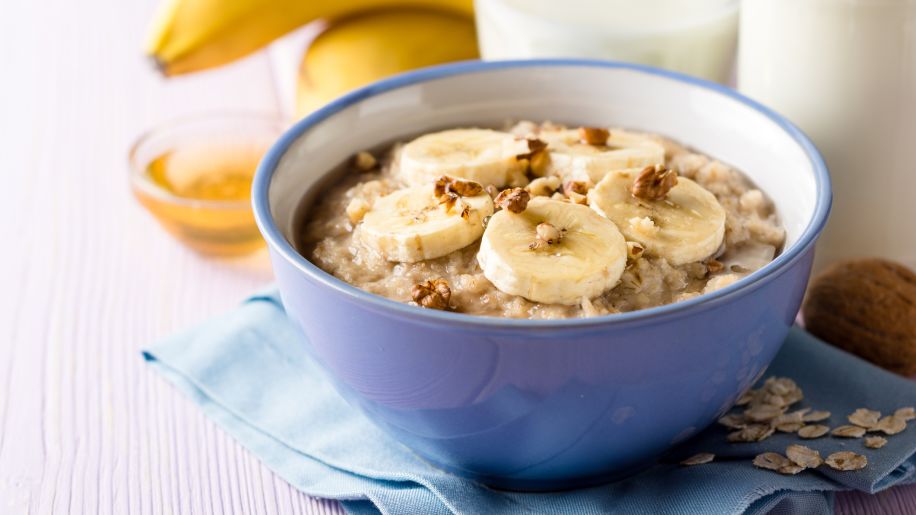
100 Percent Whole Grains
You may be surprised what a daily bowl of oatmeal can do for your cholesterol (and your digestion). Soluble fiber, also called viscous fiber, is found in a wide range of healthy foods, like whole grains, beans, vegetables, fruits, nuts, and seeds. It forms a gel that binds to cholesterol inside your gut. By doing so, it reduces how much cholesterol your body absorbs and can help lower your LDL. You should aim to eat about 25 to 30 grams of total fiber per day, of which 5 to 10 grams should be soluble fiber, according to the National Lipid Foundation. Whole grains like barley, brown rice, oatmeal, oat bran, and quinoa contain about 1 to 2 grams of soluble fiber per 1/2-cup cooked serving.
Tip: Add a banana to your morning serving of steel-cut oats to help reach your goals.
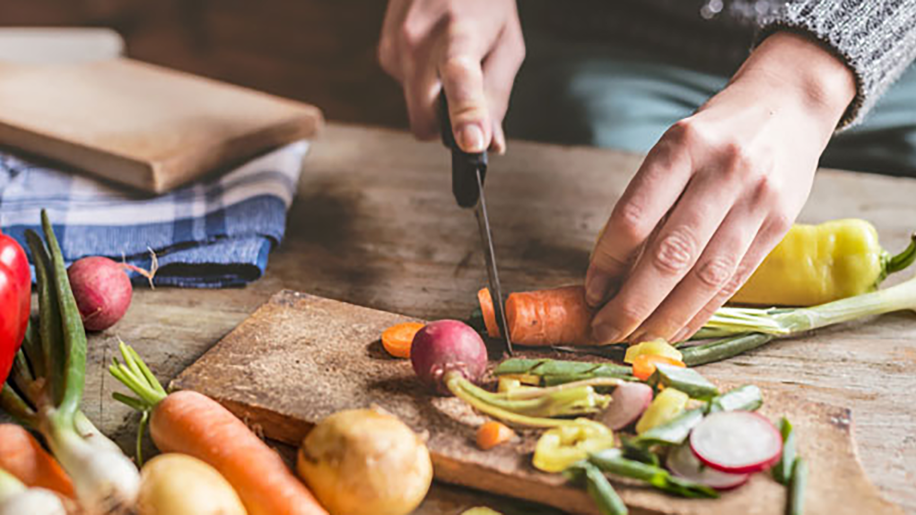
Nutrient-Rich Vegetables
Cholesterol aside, veggies play a prime role in any healthy diet. Many vegetables are low in calories, rich in soluble fiber, and beneficial to heart health. They help you maintain a healthy weight and may improve cholesterol levels. But some veggies pack a bigger nutritional punch than others.
Soluble fiber superstars include carrots, brussels sprouts, broccoli, cauliflower, cabbage, and green beans. They contain about 1 to 3 grams of soluble fiber per 1/2-cup cooked serving (or 1 cup raw serving). Starchy vegetables like sweet potatoes, butternut or acorn squash, and green peas may contain even more: between 2 to 3 grams of soluble fiber per 1/2-cup cooked serving.
Tip: When you start to increase fiber in your diet, drink more water and add fiber slowly. Doing so can help decrease bloating and gas.
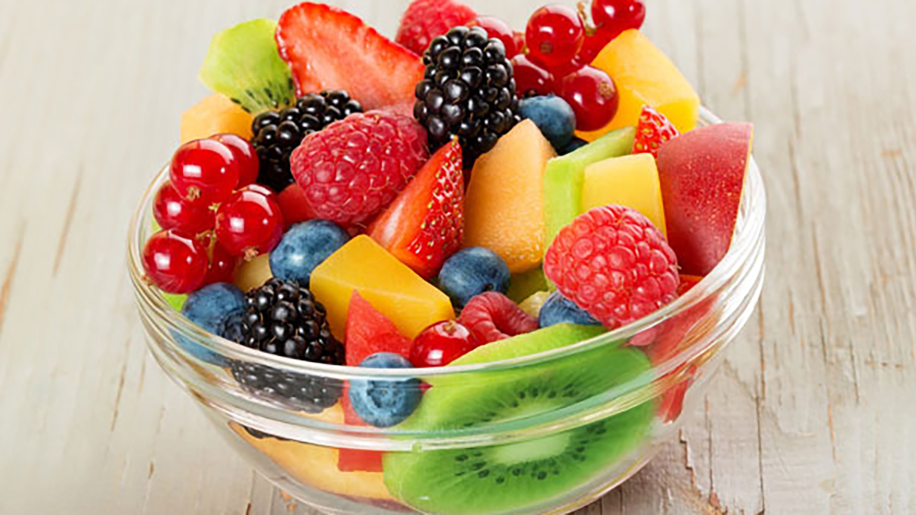
Deeply-Colored Fruits
Fruits should be a staple in anyone’s diet—between 1 1/2 and 2 1/2 cups per day, depending on your age and sex. Incorporating fruits into your daily menu can provide key nutrients like potassium and vitamin C, increase the fiber in your diet, and help manage your cholesterol. Fruits that contain about 1 to 3 grams of soluble fiber include one medium-sized apple or pear, two fresh apricots or plums, 1/2 cup of blackberries, and 1 cup of raspberries or strawberries.
Tip: Fruits are typically low in fat, with one exception—avocados. These superfoods are nutrient-dense and contain monounsaturated fatty acids—healthy fats that can improve LDL levels in overweight and obese people. Cube some avocado in your salad or spread on cucumber slices. To control calories, treat it like you would olive oil. About half an avocado has about the same number of calories (110) as 1 tablespoon of olive oil.
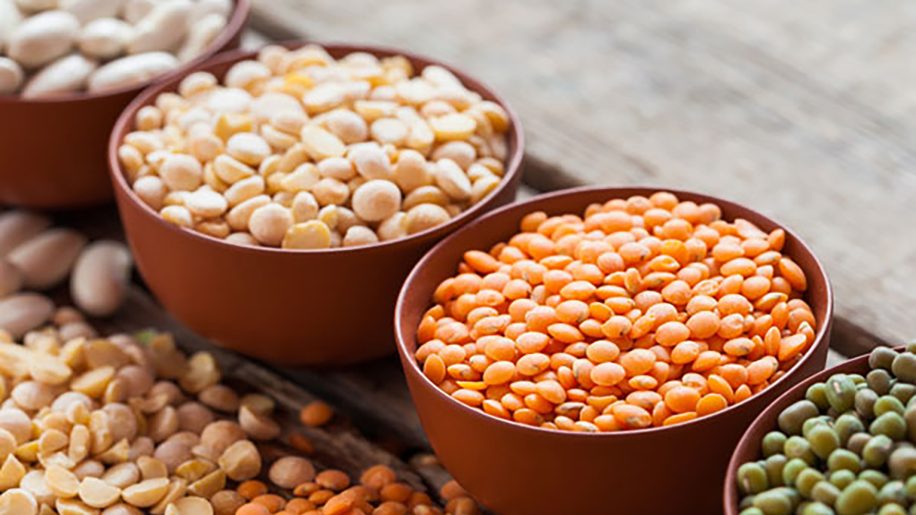
Beans
Excess body weight tends to increase cholesterol levels. Legumes like beans and peas are high in soluble fiber, and they’re linked to lower body weight and lower cholesterol. When it comes to legumes, you have tons of choices: pinto beans, chickpeas, lentils, black beans, and soybeans, to name a few. These plant-protein powerhouses all contain about 1 to 3 grams of soluble fiber per 1/2-cup cooked serving. And because your body digests beans more slowly, you’ll feel fuller longer.
Tip: Transform beans into the perfect snack! Blend chickpeas to make a fresh dish of hummus and enjoy with whole grain crackers or a serving of carrots. Canned beans are typically loaded with added sodium, so be sure to give them a rinse before digging in. Or try reading the label and choosing canned beans without added salt when you’re at the supermarket. If you have a slow cooker, you can also buy dried beans to soak and cook. Cooking your own beans lets you control how firm or soft they’ll end up as well as their sodium content—plus you’ll save money by buying in bulk.

Unsalted Nuts
Mono- and polyunsaturated fatty acids found in walnuts, almonds, and other tree nuts work to keep blood vessels healthy. Don’t be put off by the high-calorie price tag of these bite-sized snacks. When eaten in moderation—about 2 ounces a day—nuts can help lower cholesterol and promote heart health. Two ounces of tree nuts like almonds or walnuts contain about 1 gram of soluble fiber.
Tip: The skins of some nuts, like almonds, contain flavonoids and phenols, which may help decrease LDL oxidation. Be sure to opt for nuts that aren’t coated with salt or sugar for the best nutrition.

Healthy Oils
Not all fats are bad for you. In fact, some fats are beneficial to your heart. These include plant-based oils like canola and olive oil and omega-3 fatty acids from fish like salmon and trout. Olive, canola, soybean, and fish oils contain mono- and polyunsaturated oils, some of which can help reduce cholesterol and lower your risk for stroke and heart attack. As much as possible, replace unhealthy fats, like coconut oil and butter, with these better-for-you fats.
Tip: Seeds also contain healthy oils and soluble fiber. Just 1 tablespoon of chia seeds or 1 tablespoon of ground flax seeds contain about 1 to 3 grams of soluble fiber. They’re also good sources of omega-3 fatty acids.

National Lipid Foundation. Viscous Fiber and Your Cholesterol. Last reviewed July 2021.
US Department of Agriculture. MyPlate. Accessed July 25, 2022.
Harvard Medical School. 11 foods that lower cholesterol. August 13, 2021.
Ha V, Sievenpiper JL, de Souza RJ, et al. Effect of dietary pulse intake on established therapeutic lipid targets for cardiovascular risk reduction: a systematic review and meta-analysis of randomized controlled trials. CMAJ. 2014 May 13;186(8):E252-62.
Kim SJ, de Souza RJ, Choo VL, et al. Effects of dietary pulse consumption on body weight: a systematic review and meta-analysis of randomized controlled trials. Am J Clin Nutr. 2016 May;103(5):1213-23.
Featured Content

article

article

article
